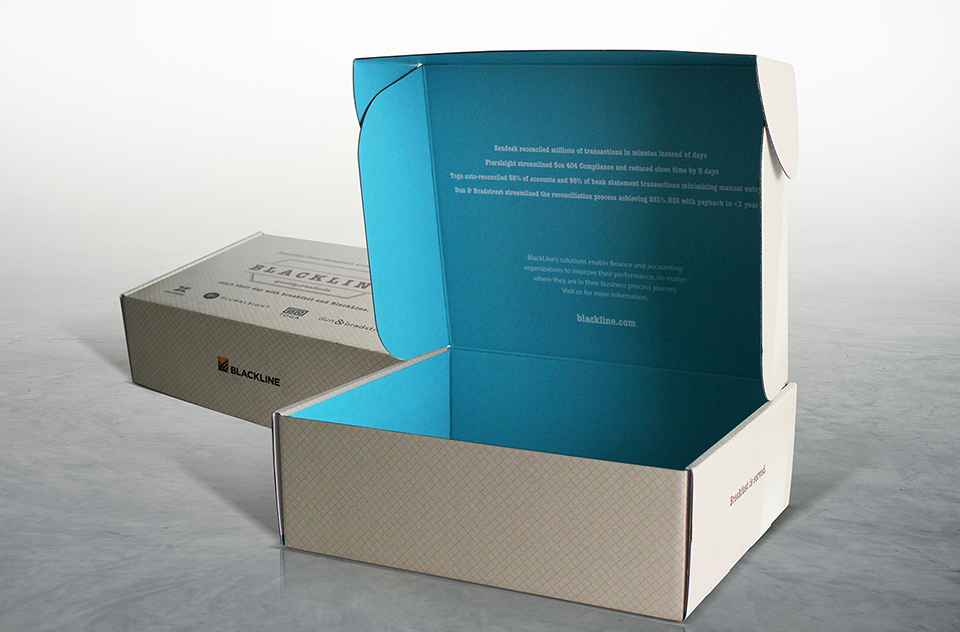Currently, about 80% of the over $30 billion eCommerce packaging consumption is corrugated. Demand for corrugated packaging is expected to remain at the forefront of the eCommerce segment over the next several years. What it has going for it is a combination of things. For a growing population of consumers, the fact that corrugated is sustainable and fits perfectly into the earth-to-earth concept –because it is recyclable, compostable and biodegradable — is a big thing. Sustainable packaging is not just the packaging itself; it is also the ability to increase shelf life and reduce damage and waste.
Another benefit of corrugated is that it is versatile, lending itself to innovations in design and packaging creating desirability, excitement and less waste. As eCommerce has added package touch points in a purchase’s journey to the end consumer, packaging needs to be ultra-durable while the package is also expected to be purposefully designed, using a minimum of packing material and to delight the recipient during the unboxing process. Brand recognition moves from retail to transit pack.
In an EPACK White Paper, analysts forecast that the global packaging industry is expected to grow steadily by 2.9% overall with the advent of eCommerce packaging. Of this figure, corrugated boxes play a huge role, with the specific corrugated box segment of eCommerce packaging expected to grow upwards of 14.3%.
Traditional vs. eCommerce Packaging
A differentiator between traditional packaging and Direct-to-Consumer eCommerce packaging is that eCommerce packaging should enable a primary packaged product to enter the longer, more complex distribution chain of an eCommerce world while traditional product packaging is made for shelf appeal and transportation on pallets.
A takeaway from the summit was the message that consumers expect more control over choices, anticipate variety and expect customized experiences – personalization, uniqueness – with digital technology a must.
When bought online, products need to spark excitement when they come out of the box. In fact, an EPACK summit presenter shared a statistic that “unboxing” as a YouTube search term has skyrocketed over the past couple of years.
The packaging is now the first time a consumer interacts with a brand, when product ordered online, so packaging needs to support the brand and form a connection with the consumer.
2019 EPACK Conference
Here are a few takeaways from the Bay Cities team attending the 2019 EPACK conference:
- Brands need to accommodate new demands of D2C business – mainly in the areas of sustainability, emotional appeal of packaging, protection and personalization.
- As eCommerce strengthens and matures, brands will create package designs specifically for this growing sales channel. For example, Procter & Gamble’s popular Tide detergent that comes in the bright orange plastic vat has changed up its packaging to offer a corrugated box with handy legs. This accommodates space for a pouring spout, substantially reducing use of plastic – now limited to an inside liner – and makes it much more convenient to ship and funnel through the eCommerce distribution channel.
- The demarcation between eCommerce and physical retailing will organically grow towards an omni-channel selling and packaging future. Ultimately, brands would like to drive towards omni-channel solutions that will eventually lead to packaging that meets the needs of both brick-and-mortar retail as well as
- Consumers will stop ordering, or order less frequently, if goods arrive damaged or in damaged packaging.
- eCommerce will place significant demands on packaging materials to enable designs that carry and offer extra protection on the route from the warehouse through the final mile of delivery to the consumer.
Things to Consider for Your Brand
In the eCommerce environment, brands need to consider:
- D2C packages are handled 20 times more in the last mile than during a brick-and-mortar delivery
- eCommerce is subject to more complex warehousing and delivery solutions
- Packaging must survive extra handling to arrive fully intact at their final delivery destination
- D2C packaging must be right-sized, durable and devoid of extra space and materials
- All elements of packaging should be sustainable. Luckily, corrugated is 96% recycled compared to 9% recycling of plastic packaging
- Enable an engagement and pleasurable out-of-the-box experience
Corrugated packaging is expected to remain the principal form of eCommerce packaging well through 2022, according to EPACK analysts, only to be supplemented with formats such as form-to-product fan fold wraps and thinner grades of boxes – pursuant to reducing overall packaging weight.
The demand for flexible shipping bags for non-fragile goods is expected to increase to upwards of 15% of market share by 2022 as the eCommerce fashion market shifts to this packaging method. Corrugated packagers can expect business growth in consumer electronics, books and media products as well as the fast-growing toys, hobbies and sports equipment segments.
A full report on eCommerce packaging can be accessed at: http://bit.ly/ecommpackreport
Visit us at Bay-Cities.com.


/BC_Logo2_White.png?width=300&height=83&name=BC_Logo2_White.png)